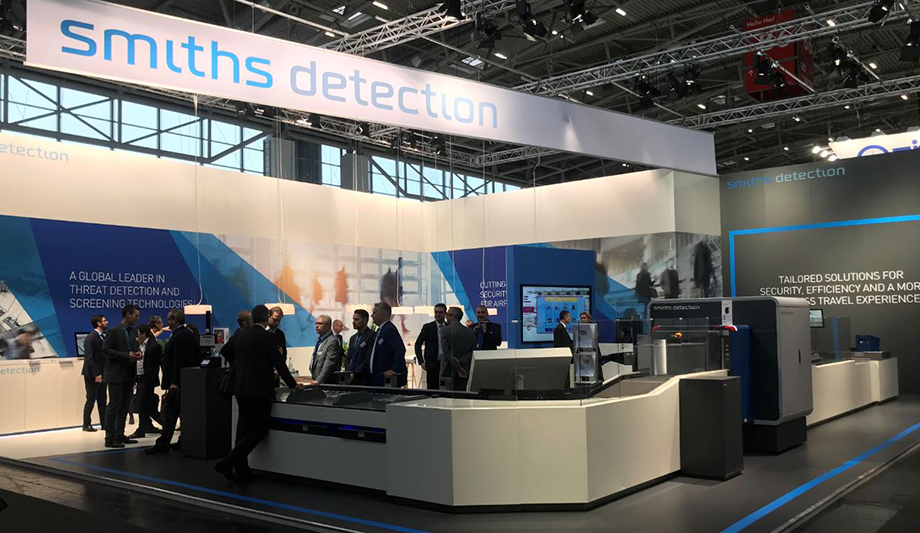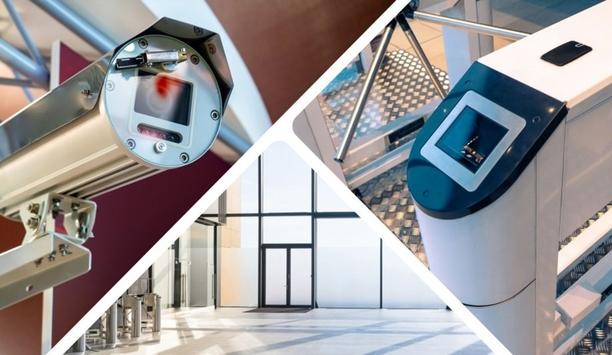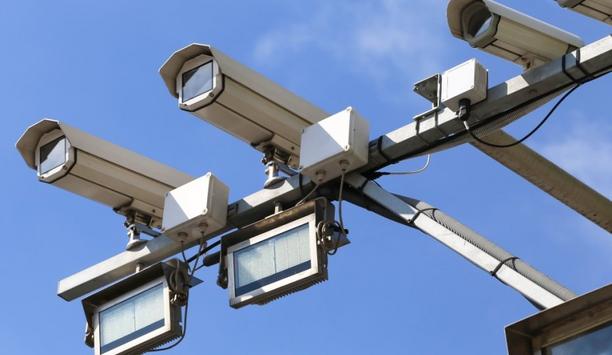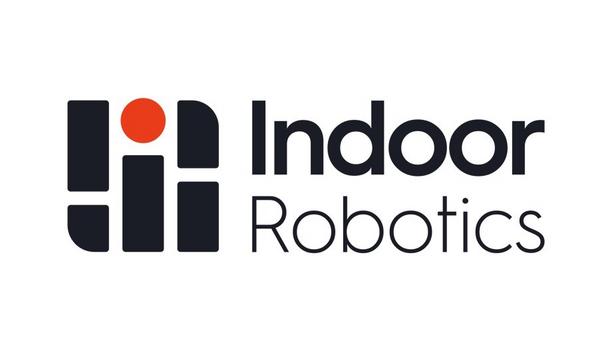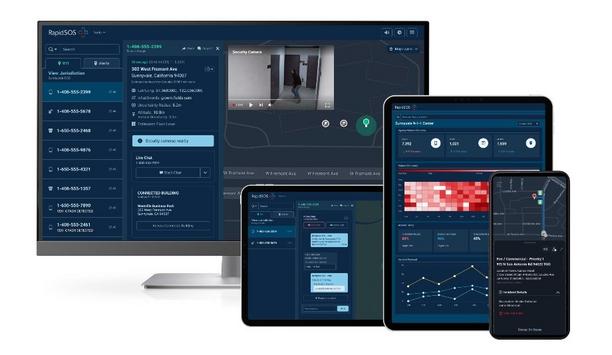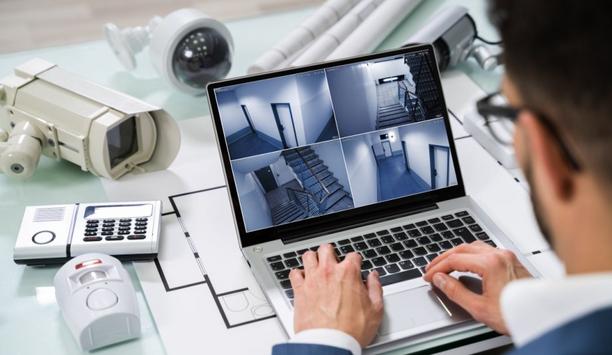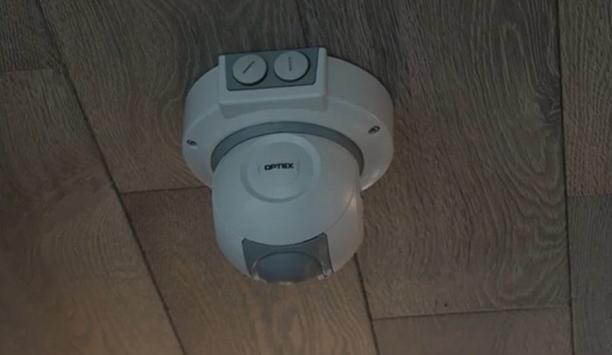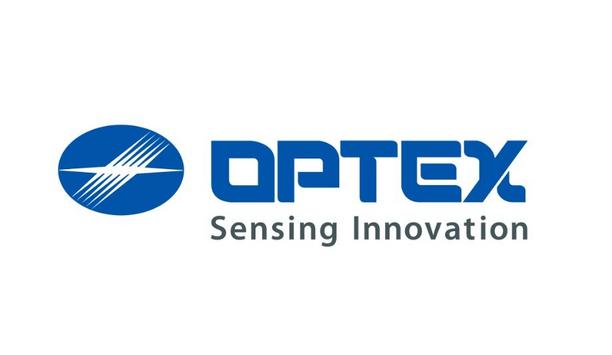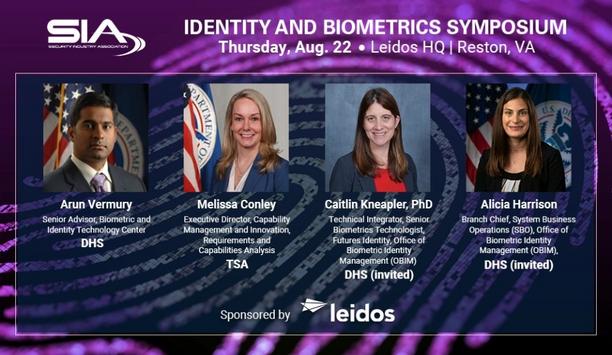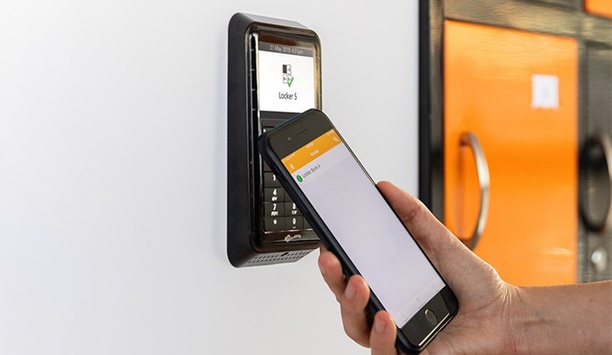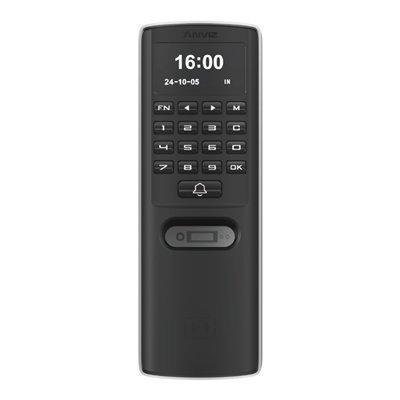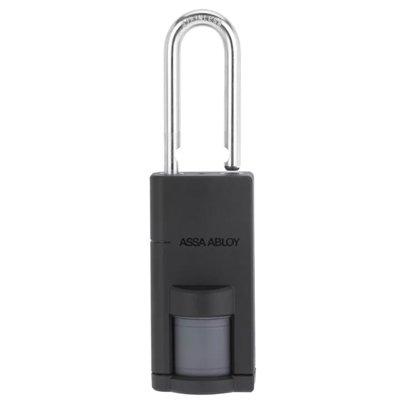Technology is expanding passenger screening functions and other capabilities at airport security checkpoints. For example, Smiths Detection is exploring the concept of a security checkpoint that integrates biometric identity management with screening solutions, says Richard Thompson, Global Market Director Aviation, Smiths Detection.
Biometrics is the “unique identifier’” for passengers, and through integration of biometrics directly into the checkpoint, passengers can be matched with their luggage trays to enable real-time risk-based screening (RBS). The system is now able to trigger differentiated workflows for each passenger and their bags.
Risk-based screening
Risk-based screening optimizes security operator resources through enhanced screening of passengers who represent a higher risk, while passengers deemed to be low risk enjoy a more seamless journey.Passengers deemed to be low risk enjoy a more seamless journey
Easily integrated with existing infrastructure, biometric checkpoints deliver operational efficiencies and a competitive advantage to airports through accelerating the screening process, thus enabling a more seamless free flow of passengers.
Passenger and tray identification
Through passenger and tray identification, new data insights can also be gathered to inform decision-making. Advanced data analysis based on flights, airlines or destinations could be utilized by airlines and security authorities.
For example, airlines could monitor passenger flow through security for specific flights or track the number of trays per flight to predict overhead compartment capacity. Checkpoint data could also be combined with hold luggage screening results or shared with transit and arrival airports to better inform security assessments.
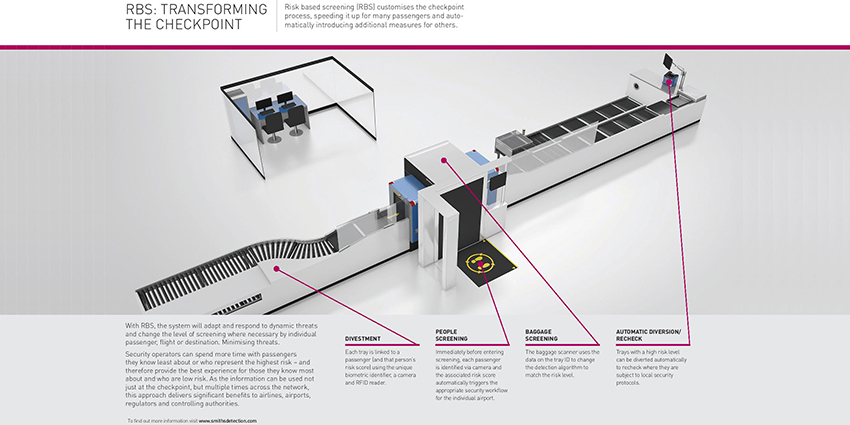 |
| Advanced data analysis based on flights, airlines or destinations could be utilized by airlines and security authorities |
Advanced screening of carry-on baggage
Smiths Detection’s HI-SCAN 6040 CTiX offers advanced screening of carry-on baggage using Computed Tomography (CT), an advanced X-ray technology originally intended for medical applications, which allows for detailed, layered 3D images to be rotated and dissected. Electronic devices and liquids do not need to be removed from baggageThis enables detailed detection, meaning electronic devices and liquids do not need to be removed from baggage, thus expediting screening and further improving the passenger journey.
Smith Detection’s iLane.evo is an automatic tray return system. By delivering a steady flow of trays, it plays a critical role in streamlining the screening process and delivering increased throughput; optimized operational costs; and an improved passenger experience.
AI for Object Recognition
In other trends, the use of artificial intelligence (AI) in aviation security is on the rise due to the exponential growth in computing power. It has the potential to significantly boost the performance of screening equipment – allowing for the deployment of new object recognition functions at the checkpoint, which could pave the way for a more automated, alarm-resolution-only passenger screening. Smiths Detection has developed a family of smart algorithms, called iCMORE, which use machine learning to reliably detect prohibited or dangerous goods in baggage, including weapons, to reduce the burden on image analysts and improve screening outcomes.
